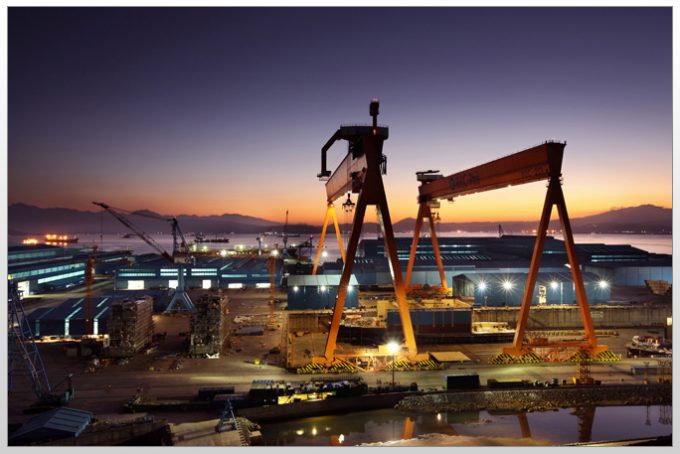Panama Canal risk requires route canal work
Drill down for Asia-North America trade pain

As ocean carriers reel from a disastrous first half this year, they seem to have lost lost their appetite for ordering ultra-large container vessels (ULCVs).
According to Alphaliner, interest in large containerships of above 9,000 teu “has largely vanished” from shipyards.
Poor market conditions have already forced several owners to delay the delivery of vessels, the consultant said, noting that about a dozen completed newbuildings “have not yet been commissioned”.
They include five 11,010 teu ships built by Hanjin’s Philippines Shipyard at Subic Bay, running about 10 ...
Ecommerce air traffic to US set to grind to a halt as de minimis exemption ends
Maersk u-turn as port congestion increases across Northern Europe
Apple logistics chief Gal Dayan quits to join forwarding group
Widespread blanked sailings stave off major collapse of transpacific rates
Transpac rates hold firm as capacity is diverted to Asia-Europe lanes
Houthis tell Trump they will end attacks on Red Sea shipping
Airlines slash freighter capacity post-de minimis, but 'the worst is yet to come'
MSC revamps east-west network as alliance strategies on blanking vary


Comment on this article